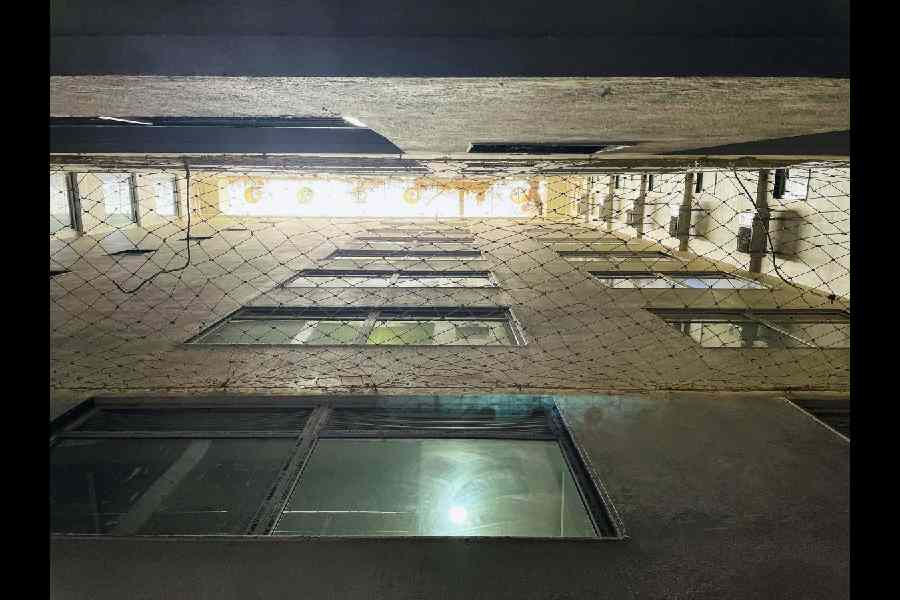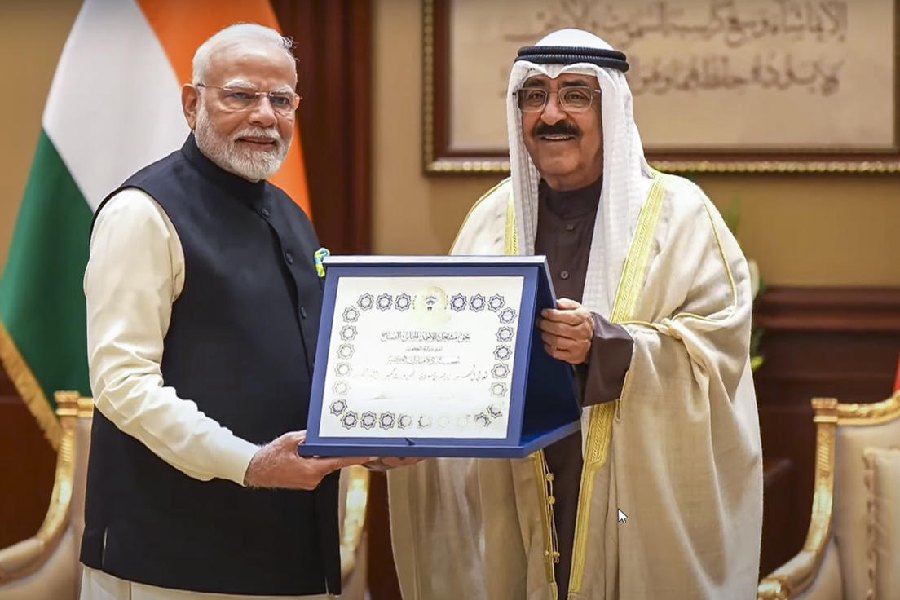Suicides in India cost the country over $16 billion (around ₹1,40,000 crore) in 2019, an amount higher than the Union government’s current annual health budget, the first nationwide assessment of the economic burden of suicides has suggested.
The assessment involving calculations to determine the monetary value of the years of life lost across states, age groups and gender has also estimated that Karnataka, Tamil Nadu and Kerala accounted for the largest share, nearly 45 per cent of the total economic burden. Gujarat, Uttar Pradesh and Bengal make up the next three largest burdens.
“Suicide prevention should be a priority, regardless of its economic burden,” said Siddesh Zadey, a public health research scholar at Columbia University in the US who led the study. “But we’re hoping that such estimates of the economic burden will provide an impetus to enhanced levels of efforts to curb suicides.”
The Union health ministry had released a national suicide prevention strategy in 2022, but “barriers to its implementation are evident and widespread”, Zadey and study’s co-authors Anukriti Nigam and Madhurima Vuddemarry said, reporting their findings last week in the medical journal The Lancet.
“One critical barrier is poor financing,” which, they said “is mainly due to the failure to acknowledge suicide as a societal problem” requiring interventions by government departments other than the health ministry — such as finance, rural development, women’s welfare, youth development and agriculture.
Their study is the second this month from independent groups of health researchers calling on the government to expand the scope of suicide-prevention strategies, amid long-standing concerns that suicide mortality rates in India are higher than the global average.
India’s National Crime Records Bureau documented over 1,71,000 suicides in 2022. A 2019 study estimated suicide death rates in India to be 15.3 per 1,00,000 among men and 12.6 per 1,00,000 among women — higher than the global average of 12.6 among men and 5.4 among women.
Zadey and his colleagues at the Association for Socially Applicable Research in Pune and other institutions used an economic concept called the human capital approach to calculate the total monetary value of life lost.
It takes into account a person’s educational training or skills to estimate potential productivity losses for the years of life lost from premature death.
They have estimated that the total economic burden of suicide in India in 2019 was $16.7 billion, or around ₹1,40,000 crore, which is higher than the Centre’s ₹88,000 crore outlay for the Union health and family welfare department for 2024-25.
Suicides by young adults between the ages of 20 and 34 contributed to nearly 53 per cent of the total economic burden. The economic loss resulting from suicides by women was estimated to be $8.7 billion while that from suicides by men was estimated to be $8 billion.
“The cost of inaction translates into a high number of preventable suicides among working-age males and females that burden the country’s growth,” the researchers said in their paper, urging policymakers to use such estimates to increase financing for suicide-prevention efforts.
A researcher at the Public Health Foundation of India and her international collaborators had earlier this month also issued a call on policymakers to acknowledge the impacts of social risk factors driving India’s unusually high suicide rates and urged multi-sectoral strategies.
“Interventions by government departments could include policies that protect vulnerable people from factors that drive them to self-harm,” Zadey said.
Doctors’ strike threat
A day before the Supreme Court hearing of the R.G. Kar rape and murder case, resident doctors’ associations (RDA) in the capital came out in support of their Calcutta counterparts who have continued to protest despite the court’s call to return to work.
Senior and junior doctors from Bengal held back-to-back interactions with reporters at the Press Club of India here on Monday and iterated their demands to remove the state’s top health administrators as well as Kolkata Police commissioner Vineet Goyal.
RDA representatives from medical colleges in the capital stood behind the speakers at the junior doctors’ media conference and unequivocally said that they were willing to “resume the all-India agitation” if the Bengal government acted against doctors protesting in Calcutta or if it ignored their demands.
The RDA president of AIIMS, New Delhi, Indrashekhar Prasad, told The Telegraph: “Has the state government taken all safety measures? Ask our colleagues from Bengal. They are not safe.”
Additional reporting by Pheroze L. Vincent










